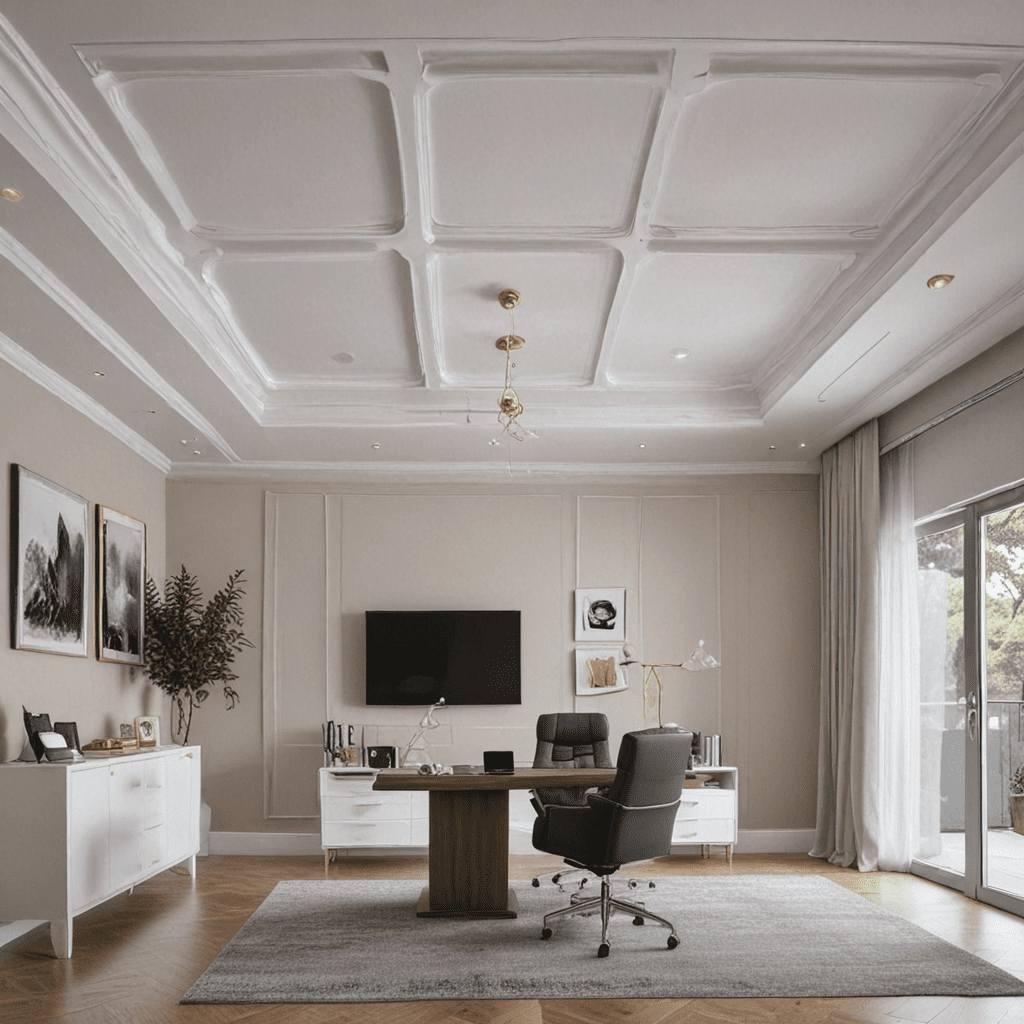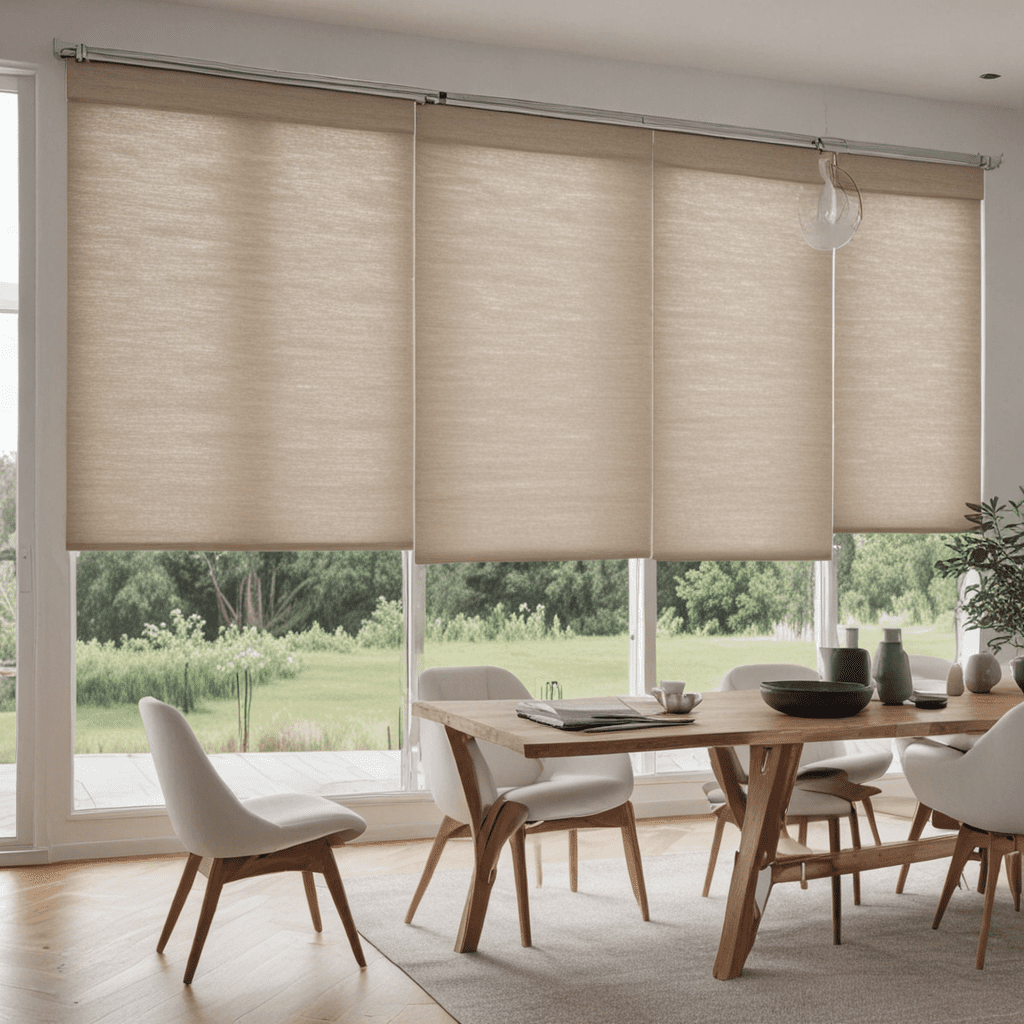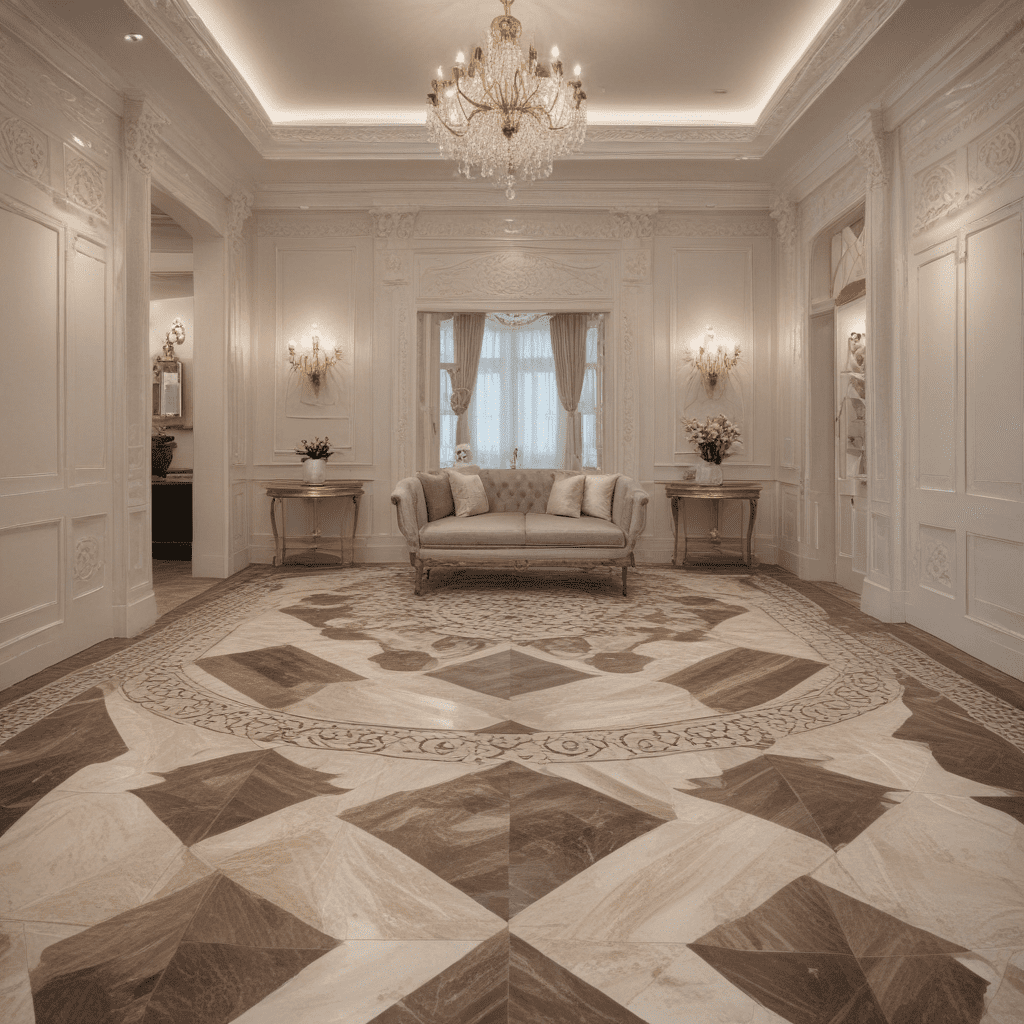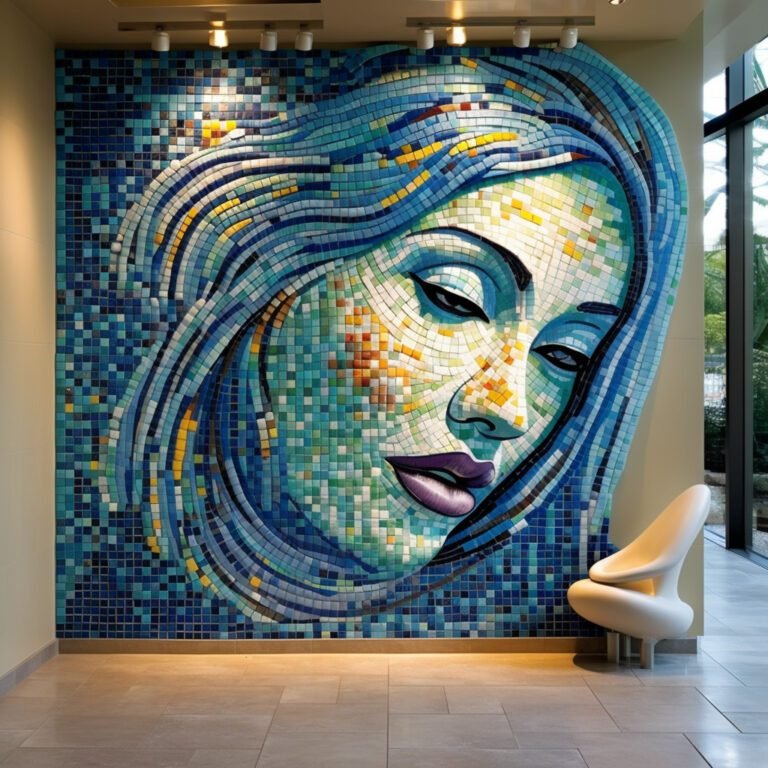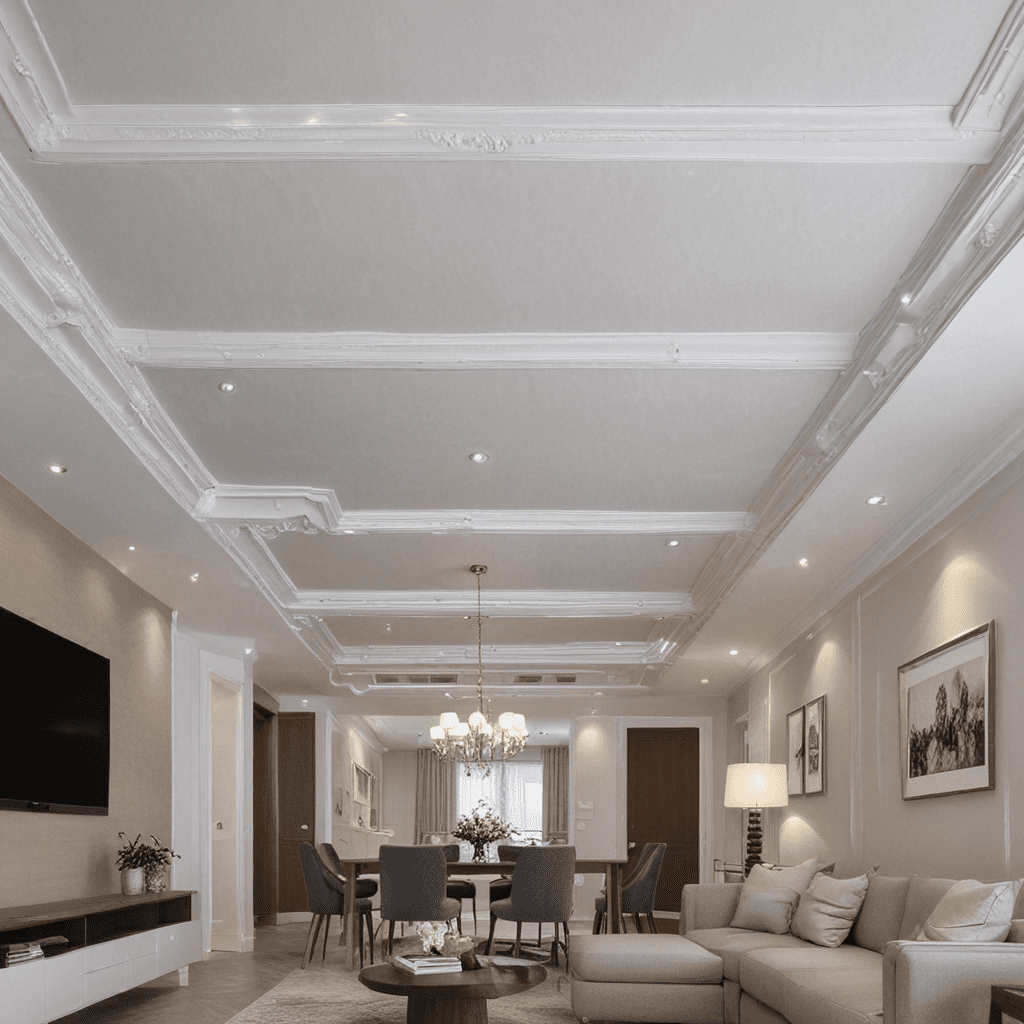Unlocking the Language of Interior Design: Essential Terminology for Home Styling


Unlocking the Language of Interior Design: Essential Terminology for Home Styling
As you delve into the world of interior design, you’ll encounter a myriad of terms and phrases that may seem overwhelming at first. Whether you’re embarking on a home styling project or simply want to familiarize yourself with the language of interior design, understanding these key terms is essential. Below, we’ll explore a comprehensive list of interior design vocabulary, providing you with the tools to navigate the world of home styling with confidence.
1. Space Planning
Space planning refers to the organization and arrangement of interior spaces to optimize functionality and flow. It involves strategically placing furniture, fixtures, and other elements to create harmonious and efficient living or working areas within a given space.
2. Color Palette
A color palette is a predetermined selection of colors that are used to guide the overall color scheme of a room or interior design project. This includes primary, secondary, and accent colors, as well as complementary and contrasting hues to create a cohesive and visually appealing environment.
3. Texture
Texture in interior design refers to the tactile qualities of surfaces and materials within a space. It encompasses the visual and physical characteristics of materials such as wood, fabric, metal, and stone, adding depth and visual interest to the design.
4. Scale and Proportion
Scale and proportion are fundamental principles in interior design, governing the relative size and visual weight of elements within a space. Achieving balance and harmony through the appropriate scaling and proportioning of furniture, decor, and architectural features is crucial for a well-designed interior.
5. Mood Board
A mood board is a visual tool used by designers to convey the overall look and feel of a design concept. It typically includes images, color swatches, materials, and textures, providing a tangible representation of the desired aesthetic for a space.
6. Focal Point
A focal point is a prominent feature within a room or space that draws the eye and anchors the design. It can be a fireplace, artwork, statement furniture piece, or architectural element that serves as the center of visual interest within the overall composition.
7. Ergonomics
Ergonomics focuses on the design of furniture and equipment to ensure they are tailored to the needs and comfort of the user. It considers human factors such as posture, movement, and usability to create functional and user-friendly interior spaces.
8. Ambient Lighting
Ambient lighting, also known as general lighting, provides overall illumination to a space, ensuring visibility and creating a comfortable and inviting atmosphere. It serves as the primary source of light in a room, often supplemented by task and accent lighting for added functionality and aesthetic appeal.
9. Feng Shui
Feng Shui is the ancient Chinese practice of harmonizing the energy flow within a space to promote balance, harmony, and well-being. It involves the strategic arrangement of furniture, decor, and architectural elements to create a harmonious and auspicious environment.
10. Mid-Century Modern
Mid-century modern refers to a design style that emerged in the mid-20th century, characterized by clean lines, organic forms, and minimalist aesthetics. It emphasizes functionality, simplicity, and a seamless integration of indoor and outdoor spaces.
11. Scandinavian Design
Scandinavian design embodies the minimalist and functional approach of Nordic countries, emphasizing simplicity, natural materials, and craftsmanship. It often features light, airy spaces, neutral color palettes, and an emphasis on creating cozy and inviting interiors.
12. Eclectic
Eclectic design draws inspiration from various styles, periods, and cultural influences, resulting in a unique and personalized aesthetic. It combines diverse elements to create a cohesive and visually stimulating interior that reflects the individuality and creativity of the homeowner.
13. Shabby Chic
Shabby chic is a style that embraces vintage and distressed elements, creating a romantic and slightly worn aesthetic. It incorporates antique furniture, soft pastel colors, and feminine accents to evoke a relaxed and charming ambiance.
14. Minimalism
Minimalism advocates for simplicity, functionality, and a reduction of unnecessary elements within a space. It focuses on clean lines, uncluttered surfaces, and a restrained color palette, aiming to create a serene and unobtrusive environment.
15. Bohemian
Bohemian design, often referred to as boho style, embodies a free-spirited and eclectic aesthetic, combining global influences, vibrant colors, and a mix of patterns and textures. It celebrates unconventional and artisanal elements, reflecting a laid-back and adventurous sensibility.
FAQ
What is the difference between modern and contemporary design?
While modern and contemporary design are often used interchangeably, they refer to distinct design styles. Modern design typically refers to a specific period in design history, focusing on the mid-20th century aesthetic characterized by clean lines, minimalism, and functional forms. On the other hand, contemporary design reflects the current trends and styles of the present time, embracing a fluid and ever-evolving approach to design.
In conclusion, familiarizing yourself with these essential interior design terms will empower you to communicate effectively with designers, understand design concepts, and make informed decisions when it comes to styling your home. By unlocking the language of interior design, you’ll gain valuable insights that will enhance your appreciation and understanding of the art and science of creating beautiful and functional living spaces.
